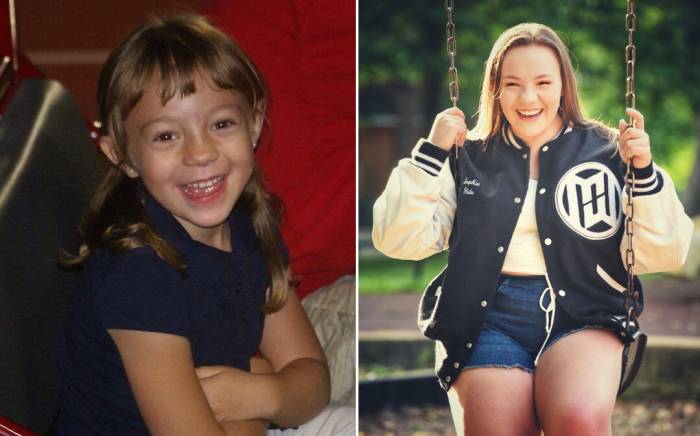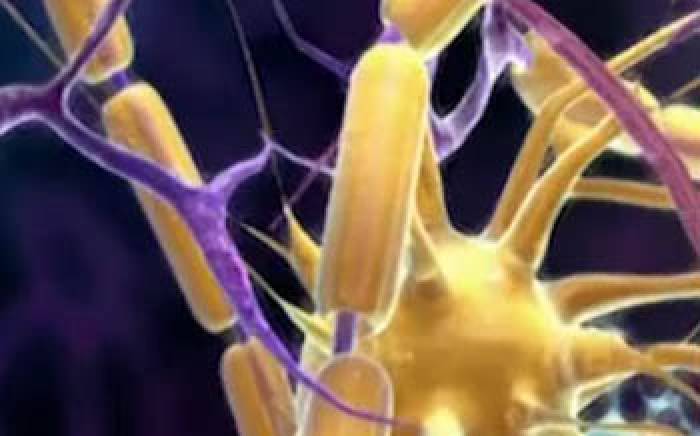A great deal of information can be gathered to localize the seizure onset zone and important regions of brain function using non-invasive testing such as scalp EEG, inpatient video-EEG, neuropsychological testing, MRI and functional MRI, MEG and magnetic source imaging, PET and SPECT scans. However, in some patients the seizure onset zone can’t be fully defined without direct recordings from the brain.
Pioneers in subdural electrode recording
 Subdural electrode recording for epilepsy is a technique that was pioneered at Washington University in St. Louis. The team at St. Louis Children’s Hospital has a vast clinical and research experience with the technique of subdural electrode recording to map out the seizure focus and critical brain functions in children of all ages.
Subdural electrode recording for epilepsy is a technique that was pioneered at Washington University in St. Louis. The team at St. Louis Children’s Hospital has a vast clinical and research experience with the technique of subdural electrode recording to map out the seizure focus and critical brain functions in children of all ages.
The Pediatric Epilepsy Team at St. Louis Children's Hospital has performed approximately 150 of these procedures in the past decade, with excellent results and minimal complications.
Subdural electrode recording: what to expect
- The child is admitted to the hospital the morning of the surgery.
- While under general anesthesia, the neurosurgeon will make a temporary window in the skull, expose the involved area of brain, and lay down specially-tailored electrodes directly on the brain surface, and in some cases, deep in to the brain tissue.
- The temporary bone window is replaced, and the incision is carefully closed.
- The electrode wires come out through the scalp, and the child is then monitored, first overnight in the Pediatric Intensive Care Unit, then on the Epilepsy Monitoring Unit, to capture seizures.
- The dense array of electrodes allows the team to precisely determine the region of brain where the seizures arise. During this period, the child is awake and interacting, just like during a standard scalp Video-EEG session.
- The team may perform cortical mapping to stimulate parts of the brain to identify important areas for movement, sensation and language and their relationship to the seizure onset zone.
- The average course of invasive subdural electrode monitoring is 7 days, but may range from 3 days to 3 weeks.









